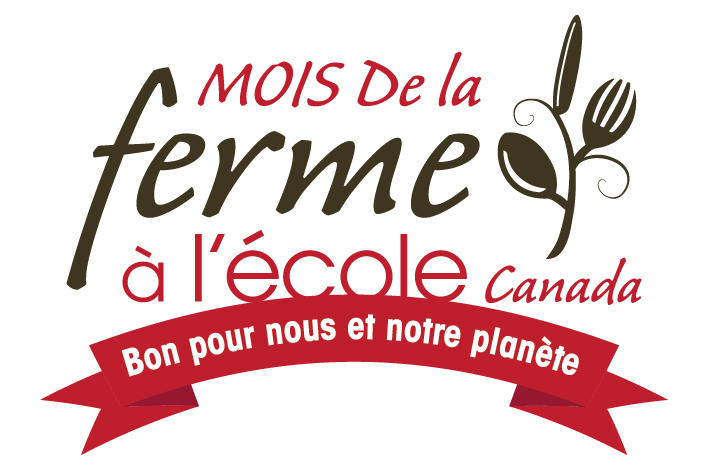Mount Pearl, NL
Our school is always looking for new ways to improve both the environment and to help students make healthy/positive choices. We have a school garden and have just started an indoor hydroponic garden as well as composting this year with success. So, to take on a new activity was a no no-brainer! I teach my science class home economics as well, which made the Food Action Kit activity of becoming a food innovator the perfect fit. The class discussed ways of saving food and then got down to business of saving the rinds off our delicious watermelon snack! Students not only got practical experience in the kitchen, but also got to see how science is involved and how we can change even the most [seemingly] inedible food into something good!
Photo credit: St. Peter’s Junior High
Masset, BC
We are hosting 20 salad bars that are aiming for locally grown foods that require minimal packaging. Kids choose the amount and type of food they want which minimizes waste. We will also revitalize our compost and move it into our garden beds to teach about the cycles of compost and soil development.
Photo credit: Sarah Stevenson
Miramichi, NB
Photo: Students enjoying fish cakes made from the leftovers of our Bass & Potato Lunch
Our newly formed Green Team prepared a bass and potato dinner with chow-chow* and our students helped to prepare with green tomatoes from our school garden. Our school is located on the bank of the Miramichi River and in the spring all students were given the chance to try their hand at bass fishing. Many students had never eaten bass or chow-chow and this was a wonderful opportunity. We also had fish cakes the following day to eat up the left overs. Again many students had never eaten fish cakes. Our middle school student body of 83 were invited to share lunch with us and, of that, 25 participated.
*Chow-chow is a type of relish made with green tomatoes
Photo credit: Mrs. Murphy
* Les gagnants des subventions De la ferme à l’école sont tirés au hasard parmi les écoles inscrites.
Oshawa, ON
Last year, our school received a seed grant of $1,500 from Farm to Cafeteria Canada. Immediately, this money was put to good use, as our Garden Club and Grade 3 students began growing sprouts for consumption during the cold winter months. With this infusion of cash, we bought new tools, a bunch of bamboo pots, vegetable seeds, trays, a germination heat mat, a grow light, potting soil, lumber, hand tools, and cooking equipment.

Saviez-vous que près du TIERS de la nourriture produite à l’échelle mondiale est gaspillée? Des aliments qui pourraient nourrir les gens se retrouvent souvent dans les sites d’enfouissement, produisent des gaz à effet de serre et contribuent de façon marquée aux changements climatiques.
Voilà pourquoi, dans le cadre des célébrations du Mois De la ferme à l’école 2019, le réseau De la ferme à la cafétéria Canada était heureux de faire équipe avec la Commission de coopération environnementale (CCE), auteure de la Trousse d’action anti-gaspillage alimentaire, pour organiser un défi…
La Trousse d’action anti-gaspillage alimentaire est remplie de ressources instructives et d’activités pratiques et créatives destinées à inspirer les enfants de tout âge à éliminer les déchets alimentaires à la maison, à l’école et dans la communauté. Les activités proposées sont conçues pour que les jeunes de 5 à 25 ans de partout en Amérique du Nord puissent commencer dès maintenant à opérer un changement positif pour réduire les déchets alimentaires!
Pour participer, les écoles et les campus devaient nous parler d’une activité réalisée par leurs élèves ou étudiants pour réduire les déchets alimentaires durant le Mois De la ferme à l’école (octobre).